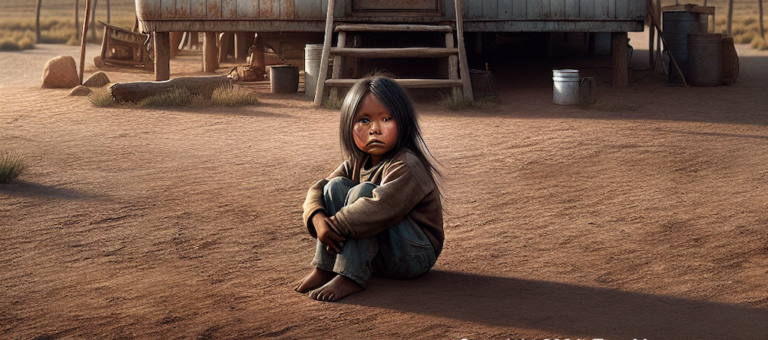Prevention
The Battle for the Soul of Nations
The serene landscapes of Native American reservations mask a growing crisis. Mexican drug cartels are exploiting these lands to traffic drugs, leaving a trail of violence, addiction, and death in their wake. The cartels’ presence has not only disrupted the peace but has also brought an influx of dangerous substances like fentanyl, causing a spike in overdose deaths and a sense of urgency among tribal leaders and law enforcement.
Read More